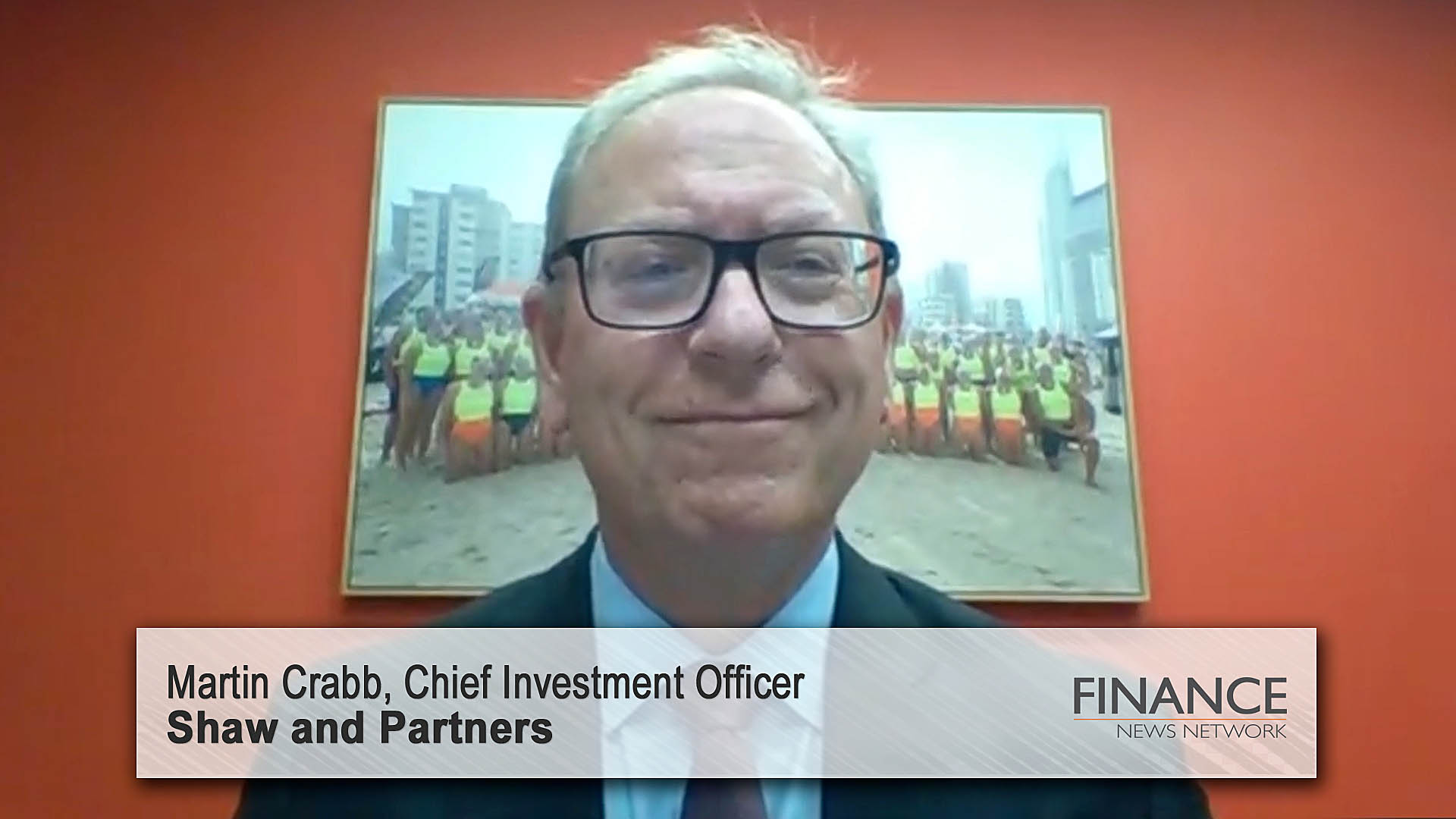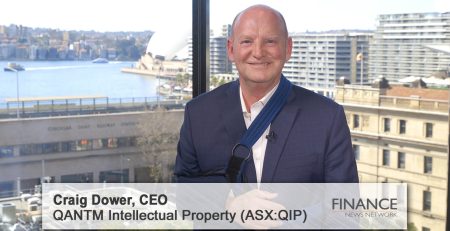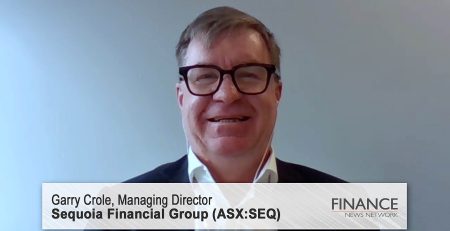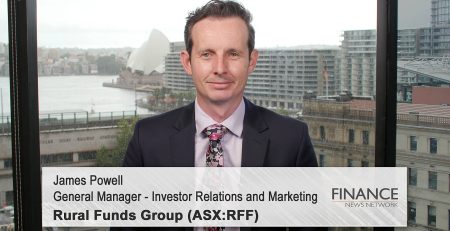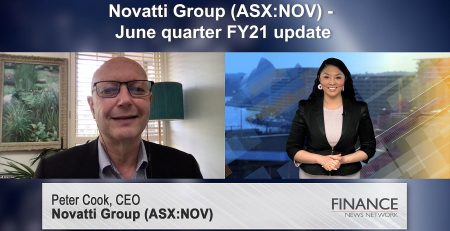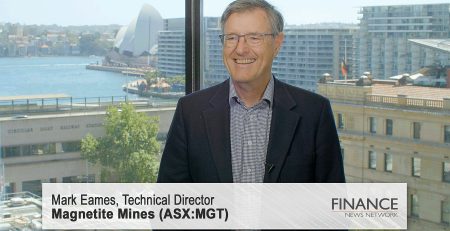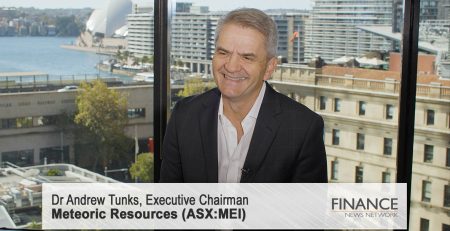Market update with Shaw and Partners, February 2022
Shaw and Partners Chief Investment Officer Martin Crabb discusses the sectors to invest in given slowing global growth, tightening financial conditions, the risk of inflation and geopolitical imbalances.
Thank you, Matthew, and Shaw and Partners are proud to again be back in 2022 as an event partner with the Financial News Network with these investor events. And, as Matthew said, no matter what's going on in the world, there's always a good company out there to invest in, and obviously these forums are about bringing those to your attention.
So, I've got the difficult task of trying to make sense of everything in the next five or so minutes, so bear with me while I try to do that.
As Matthew said, there's quite a confluence of events that are quite scary at the moment, notwithstanding what's happening in the Ukraine, and that's probably just part of more broader imbalances that have always been in the background. We just haven't focused on them.
So, from my perspective, we've got a very rare situation right now where we do have slowing global growth. The composite leading indicators that we look at, the purchasing managers indices and so forth, are generally showing a slowing in economic activity at a global level. It varies by country, but generally speaking, most countries are achieving slower growth after some pretty breakneck growth last year.
We also have tightening financial conditions, so anyone who's been looking for a mortgage in the past 12 months will know that the banks have put their mortgage rates up, particularly their fixed rate mortgage rates up quite significantly. And any company that's been looking to borrow money has probably found it a little bit more difficult this calendar year than last year, and that's just not an Aussie phenomenon, that's a global phenomenon. So, the days of super easy credit and central banks holding longer-term interest rates at zero, that's starting to go away. So, we are seeing financial conditions become a little bit tighter.
And we've also got central bank reaction function that's definitely looking to increase interest rates. So, central banks are rules-based organisations, so they're relatively predictable. Although we spend lots of time talking about them, what they do is governed by the inflation rate and the unemployment rate. And we have most economies pretty close to full employment. In fact, there's not enough workers. And inflationary pressures are building right across the board driven mostly by energy, but also there's lots of other commodity prices that have escalated quite sharply. So, you don't have to be a genius to work out that central banks have to move from zero interest rate policies to normal ones.
So we've got those three things lining up. And if you look at those things historically, all those periods historically where those three things are in unison, share market returns are generally not very good. So, sometimes that's ending a party. Sometimes that's just putting the foot on the brakes of what's been a pretty strong acceleration. But we've got data back to the start of last century, looking at the Fed hikes and looking at when conditions get tougher.
So, we've got that as a backdrop, and then we throw in the imbalances that I referred to earlier. So, they're always there. So, it's geopolitical, there's an imbalance. We have a geopolitical structure that's an echo of the second world war, which left the US Pacific fleet to keep an eye on Japan and the US army to keep an eye on Russia. That structure's still in place, and obviously if you're in China and you're in Russia, you're really not that happy with having the Americans or NATO or Orcus or whatever on your front doorstep, which is what we've got at the moment. So, we have a significant US military present in the Pacific, and we have a significant NATO presence on the doorstep of Russia, with Ukraine and Belarus being neutral countries at the moment, but Ukraine threatening over a number of years to join NATO, which would put the US even closer to Russia's doorstep.
So, a lot of what we're seeing is just due to those historic imbalances. But they're not just military imbalances. They're imbalances in terms of wealth sharing. If you look at rich countries versus poor countries, the rich countries have all got vaccinated, the poor countries are still unvaccinated. In fact, vaccination rates in developing countries is around about 10 per cent. So we have a huge health imbalance brought around by wealth. And if you look at coefficients of wealth, we've still got the top 1 per cent of the world owning 40 per cent of the world's wealth and the bottom 50 per cent of the world's population owning pretty much zero.
So, we've still got these big imbalances, and these things cause things like very right-wing governments or very left-wing governments. So these imbalances, when a rising tide is lifting all boats, these imbalances are difficult to perceive, but as things start to slow and as markets become a little bit more cautious, these imbalances do tend to come to the surface.
So, tricky for investors right now to navigate that. Our view is that you need to be a little bit cautious. You need to be a little bit defensive. And you need to protect your portfolio against inflation, because that's probably the biggest risk out there, is that inflation does get out of control. So the cleanest way to do that, we think — well, maybe "clean" is the wrong word — is energy. Energy is both the poison and the cure. So, energy is causing a lot of the inflation and it's causing some of the imbalances in terms of energy policy, but is also the cure to have an exposure to energy in your portfolio. So, whether that's through fossil fuels or gas or coal or even uranium, definitely worth having exposure to energy in your portfolio. And the other thing is to be exposed in your fixed income portfolio to floating rate debt, so rather than buy fixed rate bonds, buy bonds and hybrids that are linked to the cash rate or the bill rate, so if interest rates get jacked up quickly, you'll get a pay rise on those.
So, just finally, before I hand back, is just reporting season. So, we're probably about two thirds of the way through reporting season by market cap of companies and more like 50 per cent by the number of companies. So, we are seeing some trends emerge from reporting season that, generally speaking, are positive. We think the beat to miss ratio is about four to three, so of every four companies that have beat, there's been three that have missed, and that's generally pretty good. And we've seen an uptick in earnings expectations as we've gone through reporting season. So, analysts are now looking for about 13.5 per cent profit growth this year, and that's up probably about half a per cent from where it was on 31 December. That's very much being led by energy and also materials, where we've got commodity prices trading well in excess of what analysts have in their model. If you look at some markets, like lithium, for example, the spot price is trading at almost multiples of what analysts have in their model. So, we are seeing earnings upgrades right across the board for materials and energy prices.
We are seeing some weakness in consumer discretionary, led by some softer results from Woolworths (ASX:WOW) and Wesfarmers (ASX:WES). So, the consumer's probably not as strong as people thought, but certainly more tilted towards the energy and materials sectors. They look pretty good.
So, we've still got a long way to go for reporting season, there's still a lot of data to come out. Generally speaking, you tend to get the good results at the front end and the poorer results at the back, so we may see this deteriorate a little bit, but so far so good on reporting season. I might hand back to you now, Matthew. Thank you.
Ends
Copyright 2022 – Finance News Network
Source: Finance News Network

